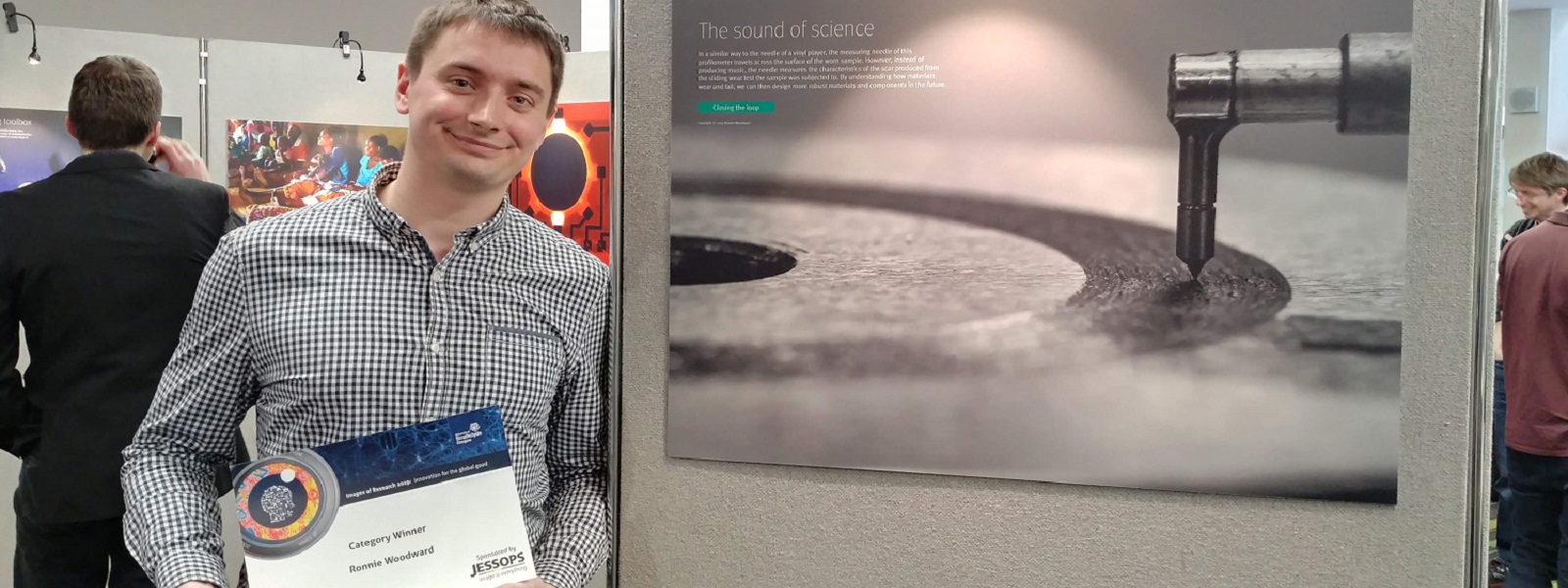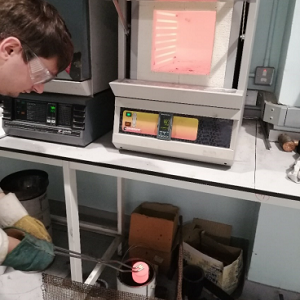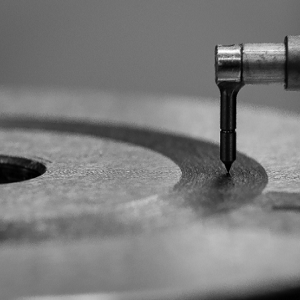Tribologists study material wear to estimate and improve the lifespans of mechanical components. The lifespan of a component is determined by volume losses, and if these can be mitigated or reduced, then life extension can provide financial and environmental advantages.
This project focuses on dry sliding wear in hydraulic pumping applications, tribo-corrosive sliding wear in saltwater conditions, and automotive cast iron sliding in various microstructural conditions achieved through different heat treatments.
Both experimental testing and characterisation are utilised for this project. The central experimental method used is pin-on-disc testing; a reliable tribology technique that can generate sliding wear data in most laboratory settings.
Several conclusions have been drawn from this project, e.g. the sliding wear performance of nitrided steel, with a surface hardness approaching 1000HV, could almost be matched by the oxidative wear exhibited by an untreated alloy steel. This highlighted the proclivity of oxidative wear to produce very mild wear rates through protection of the underlying metallic material.
The importance of microstructural morphology to sliding wear performance was also evident, the increasingly spheroidised microstructures exhibited a wear rate transition to the severe regime, resulting in gross metallic damage of the surface and high-volume losses.


